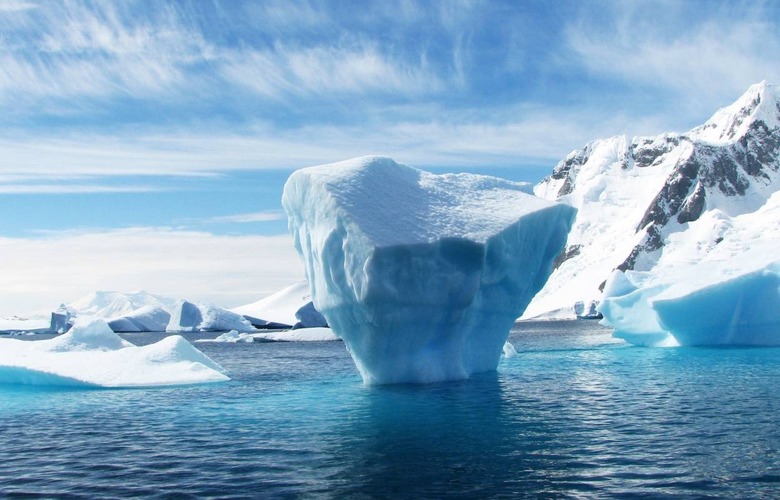NASA-Led Ice Melt Study Makes A Terrifying Prediction About Rising Sea Levels
Unchecked greenhouse gas emissions could lead to more than a 15-inch rise in sea levels, scientists have concluded, using NASA data to issue a stark warning about melting ice sheets. The huge rise would lead to dramatic flooding in coastal regions around the world, and create a potentially apocalyptic chain reaction of consequences.
Warming conditions on Earth are already being blamed for existing melting of ice, and rising sea levels. However according to the Ice Sheet Model Intercomparison Project (ISMIP6), led by NASA's Goddard Space Flight Center in Greenbelt, Maryland, there's even further melting to be considered.
It saw more than 60 specialists on ice, ocean, and atmospheric research – from three dozen different international institutions from around the world – come together to figure out just what happens if Greenland and Antarctica's ice sheets melt. The results of the two studies, published in journal The Cryosphere, make for ominous reading.
By the year 2100, they concluded, and if greenhouse emissions are curtailed from their current levels, the combined ice sheet melt could lead to more than 15-inches of global sea level increase. Meltwater from those ice sheets is believed to account for around a third of total global sea level rise. Earlier studies have suggested that, even if we make changes now, sea levels will rise by around a quarter-inch by 2100.

"One of the biggest uncertainties when it comes to how much sea level will rise in the future is how much the ice sheets will contribute," Sophie Nowicki, now at the University at Buffalo, and formerly at NASA Goddard, and project leader of the study, said today. "And how much the ice sheets contribute is really dependent on what the climate will do."
The challenge is that there's a double impact causing ice sheets at the north and south poles to shrink, and in the process release huge amounts of water. On the one hand, air temperatures are increasing, which melts surface level ice. At the same time, ocean temperatures are also increasing, causing glaciers to shrink and retreat. A study in August predicted that unexpectedly precarious ice shelves in the Antarctic could be prone to shearing away, in the process dramatically ramping up the pace at which the ice melts.
This latest study examined two possibilities. On the positive side, the team modeled a lower emissions scenario, where carbon emissions were dramatically curtailed. That still saw global sea levels increase by approximately 1.3 inches.
The other model took a more pessimistic view, where emissions increased with little in the way of attempts to check their output. There, they concluded, melting ice sheets could add around 3.5 inches to the already rising oceans.
Lending further complexity is the fact that the changes and melt-rates aren't consistent across all areas. Some regions are more sensitive to warmer oceans and differences in currents: the Amundsen Sea sector in West Antarctica, and Wilkes Land in East Antarctica, for example, are cited as being the most vulnerable to changes in the simulations.
"With these new results, we can focus our efforts in the correct direction and know what needs to be worked on to continue improving the projections," Hélène Seroussi, an ice scientist at NASA's Jet Propulsion Laboratory in Southern California, and lead on the Antarctic ice sheet modeling, explains.
